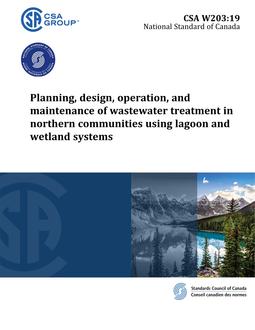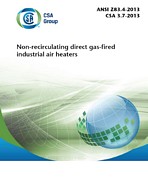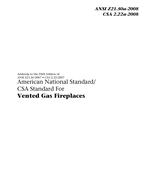Click here to purchase
Scope
1.1 General
This Standard provides criteria for the analysis and design of new buildings and assessment of existing buildings to resist blast loading.Notes:
1) The main objective of this Standard is to reduce human casualties and damage to assets due to an air blast.
2) It should be recognized that the extent and severity of an explosion cannot be predicted with certainty.
3) The performance of the building and the safety of the occupants are functions of the selected level of protection and the design basis threat (DBT)
4) Users should ensure they are familiar with applicable legislation. Where this Standard conflicts with applicable legislation, it is assumed that the legislation applies. For additional information on regulatory compliance, see Clause A.1.
1.2 Materials considered
This Standard provides design criteria for concrete, fibre-reinforced polymer (FRP), masonry, steel, and wood. This does not preclude the use of other materials (see Clause 9.1).
Note: FRP design provisions apply to retrofit only.
1.3 Items not addressed
1.3.1
This Standard does not address risk assessment or apply to biological, chemical, cratering, electromagnetic pulse (EMP), ground shock, fragmentation loads, induced fire, penetration, perimeter security, radiation, or thermal effects of explosions.
Note: Although other effects of explosion such as fragmentation loads are important considerations, special design requirements have not been provided in this Standard.
1.3.2
This Standard does not define a design basis threat (DBT). DBT is building and project specific and it should be specified by the building Owner and/or the authority having jurisdiction.
1.4 Terminology
In CSA Standards, “shall” is used to express a requirement, i.e., a provision that the user is obliged to satisfy in order to comply with the standard; “should” is used to express a recommendation or that which is advised but not required; and “may” is used to express an option or that which is permissible within the limits of the standard.
Notes accompanying clauses do not include requirements or alternative requirements; the purpose of a note accompanying a clause is to separate from the text explanatory or informative material.
Notes to tables and figures are considered part of the table or figure and may be written as requirements.
Annexes are designated normative (mandatory) or informative (non-mandatory) to define their application.
1.5 Units of measurement
Equations appearing in this Standard are compatible with the following units:
a) area: mm2 (square millimetres);
b) force: N (newtons);
c) length: mm (millimetres);
d) mass: kg;
e) moment: N*mm (newton millimetres); and
f) stress: MPa (megapascals).
Product Details
- Published:
- 05/02/2012
- ISBN(s):
- 9781554918249
- Number of Pages:
- 126
- File Size:
- 1 file , 4.2 MB
- Product Code(s):
- 2421833, 2421950, 2421833, 2421833


